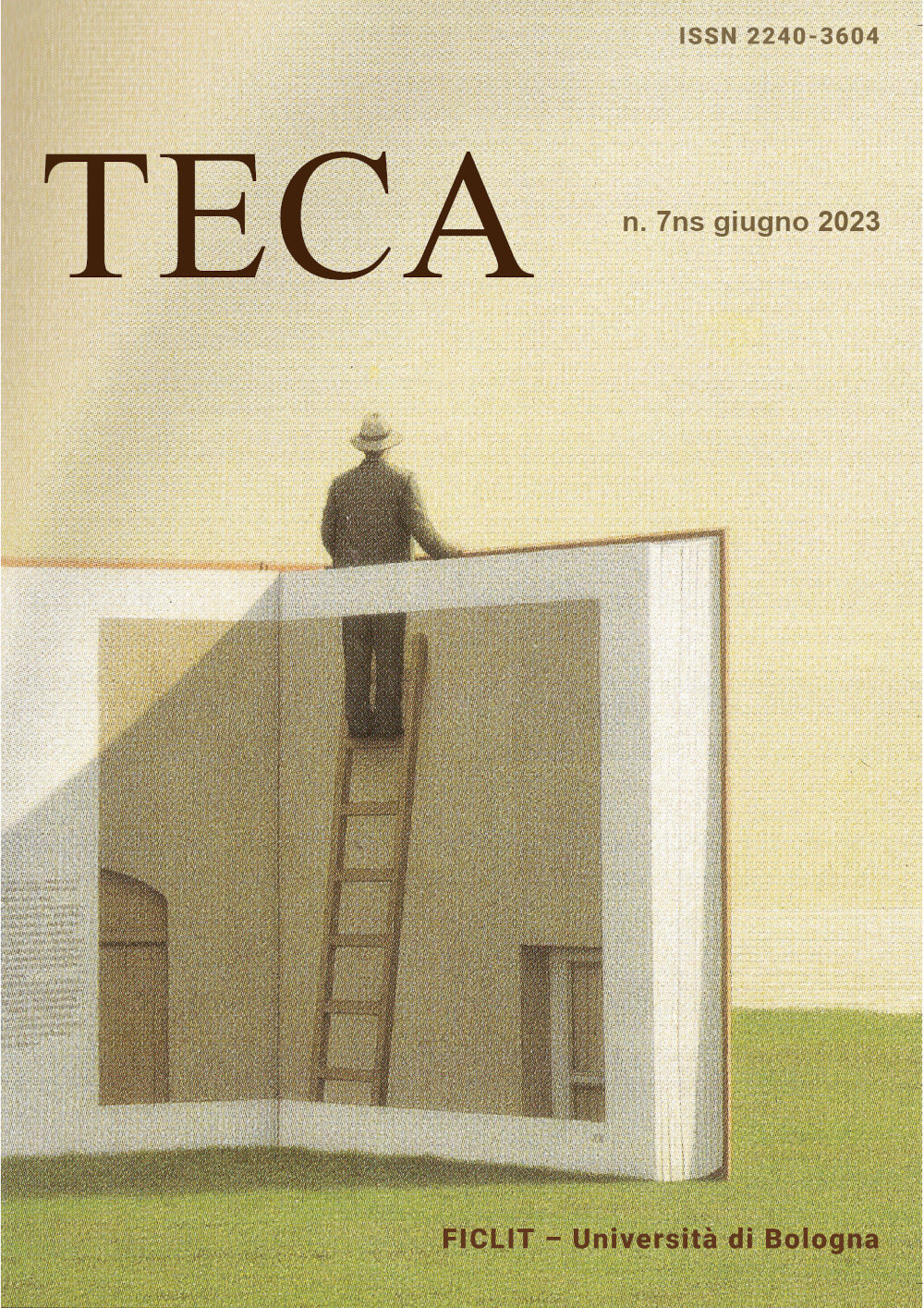Writing in Prehistory. Observations on Engraved Portable Objects in the Near Eastern Neolithic
DOI:
https://doi.org/10.6092/issn.2240-3604/17519Keywords:
Neolitic, Invention of Writing, Graphic Communication, Prehistory, Human CognitionAbstract
The extraordinary spread of symbolic and ritual forms during the prehistoric phase of the Neolithic in the Near East is known as one of the most important developments in human evolution. Among these symbolic configurations, iconic and geometric representations have been the focus of several studies and discussions particularly in the last 50-60 years in the light of numerous archaeological discoveries that point to the extraordinary capacity for cooperation and communication among the inhabitants of the first large villages. The present work examines signs and images depicted on portable artefacts (n=304), such as stone tools and plaques, from 27 Neolithic settlements (dated approximately 9700-6600 BC) located in different regions of Southwest Asia. The proposed observations shed light on the possible use of such portable objects and in general on the origins of graphic communication in prehistory. It is thus argued that the invention of writing originated from the development of certain written communication systems that emerged as early as these crucial prehistoric stages.
Downloads
Published
Issue
Section
License
Copyright (c) 2023 Mattia Cartolano

This work is licensed under a Creative Commons Attribution 4.0 International License.





